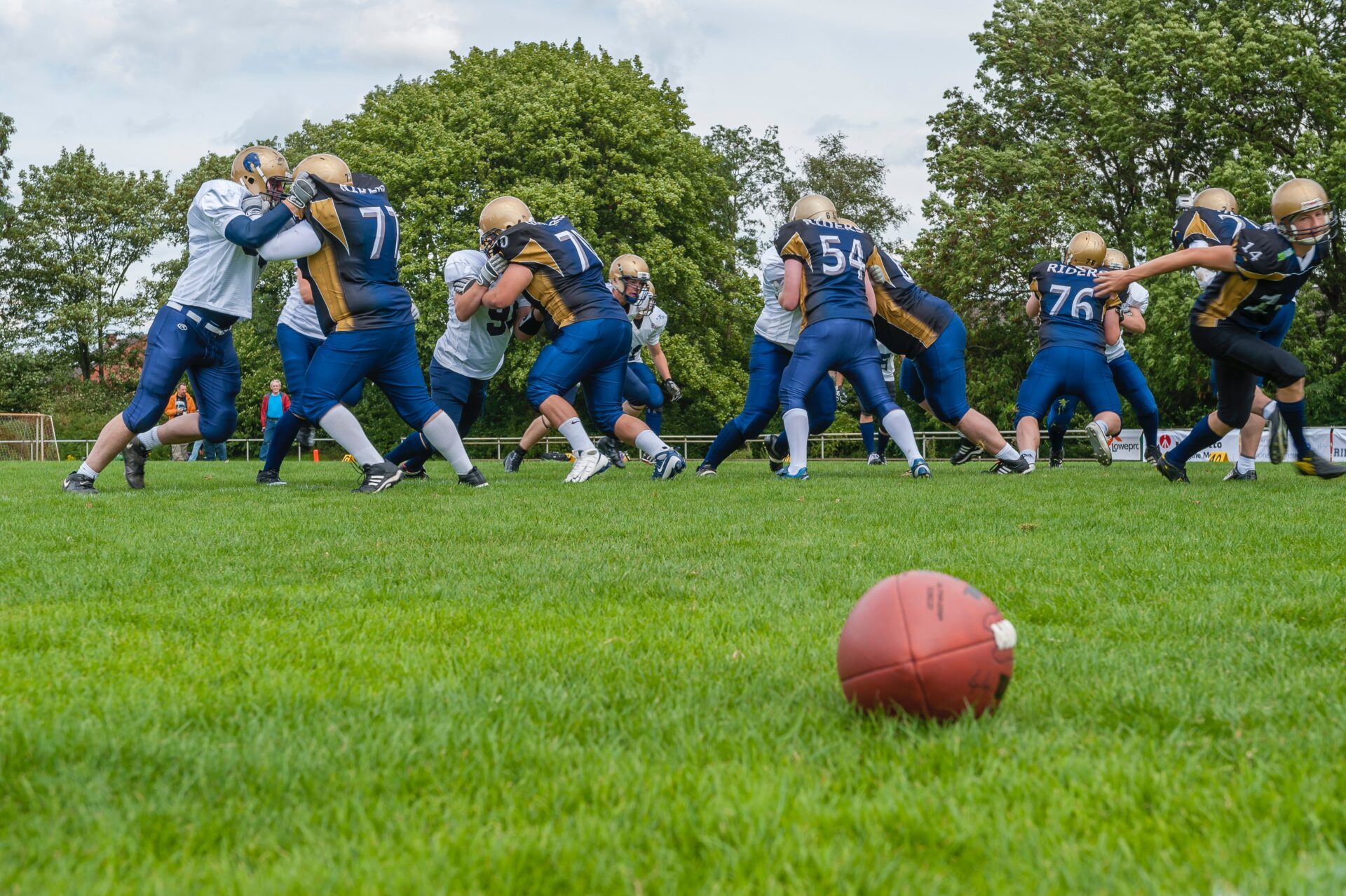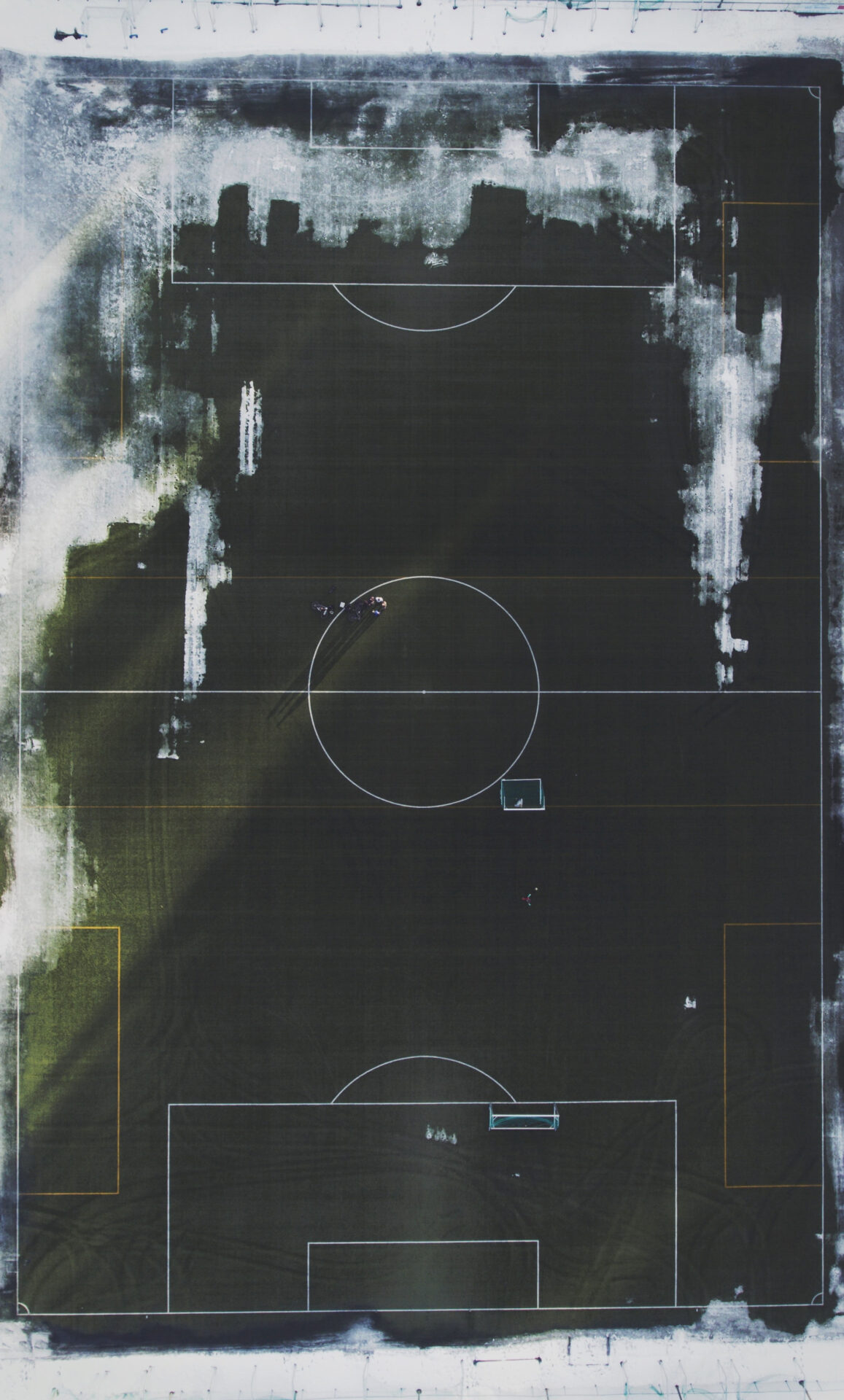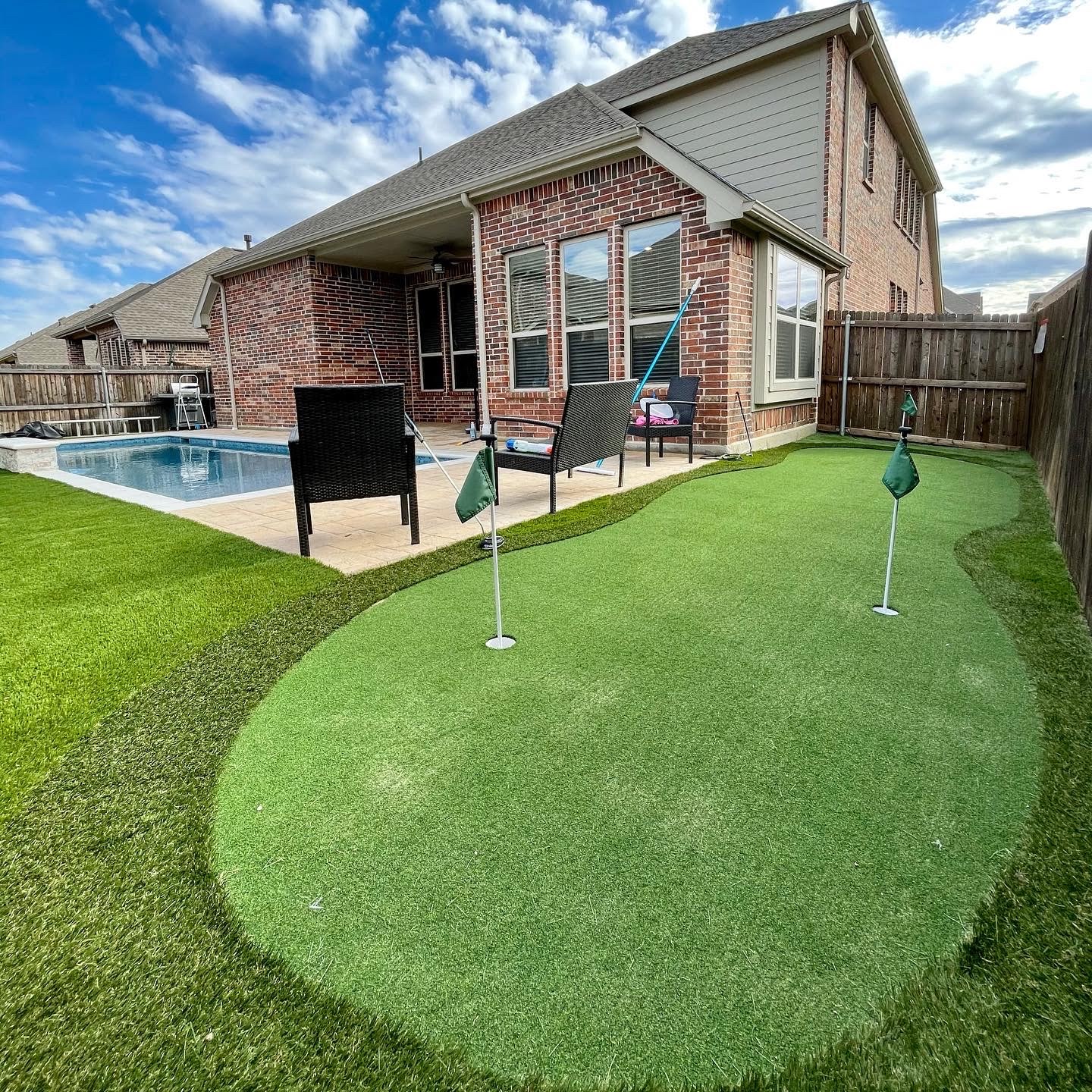
Artificial turf is increasingly being selected over natural grass, which can be a great addition to your home. However, it needs to be appropriately maintained to look its best. This blog post will show you how to clean artificial turf and stay looking new for years. Read on for tips and tricks!
What to Consider Before Cleaning Artificial Turf?
When developing a cleaning plan for artificial turf, one must consider:
1. When the turf has been in use. The duration of the time limit that turf has been used significantly affects how turf should be maintained.
2. Check if there are bumps or other materials on the turf’s surface.
These include small rocks and other items. Removing them can guarantee a better-quality turf, reducing the risks of injuries. In addition, if one owns an artificial turf for domestic use and they have a dog, they should remove any dog waste from the turf.
Categories of Cleaning an Artificial Turf
Artificial turf maintenance can be categorized into regular and through regular cleaning, also called rejuvenation.
Regular Cleaning
The best way of maintaining an artificial turf is to make sure it is cleaned weekly to avoid the accumulation of debris such as stones and leaves. Large debris in a synthetic turf can be removed using a brush or a rake. If, by any chance, the artificial turf is located in a place with a lot of dust, rinsing twice a month is highly recommended. The regular clean-up schedule should increase if animals use the turf to relieve themselves. In addition, regular cleaning of pee and potty spots is recommended.
Apart from the weekly maintenance of the turf, comprehensive cleaning should be done every three to four months if the turf is not frequently used. A flexible lawn or a stiff-bristled broom should be used because metallic brooms can damage the artificial turf.
Deep Cleaning
Bacteria is a significant threat that affects the artificial turf if left unchecked. If bacteria are left unchecked, it can significantly affect the fake turf, and it may also cause terrible odors. The bacteria may, for example, cause Staph (staphylococcus) infection that is nasty and can lead to skin irritations and even death in severe cases.
Deep bacteria cleaning requires using a non-toxic cleaner to sanitize the turf. Non-toxic cleaners are bio-degradable products safe for both animals and human beings. The non-toxic cleaner usually comes with a hose attachment, which makes cleaning easy.
A built-in deodorizer is a useful product to those turfs where pets are present. The deodorizer masks any odor that is produced by animal waste immediately. If the pet regularly uses a particular spot, you should cover that spot with an anti-microbial coating, making cleaning simple and more effective.

Tools for Cleaning an Artificial Turf
Use of Mechanical Brush
Using a mechanical brush has been deemed one of the most effective methods of cleaning artificial turf. The brush, referred to as the power broom, uses a brush of bristles that moves by the motor to clean the grass thoroughly. The mechanical brush helps remove traffic wear patterns on the turf and restore its original appearance. In addition, this method allows getting rid of the flat spots on the turf.
Maintaining Proper Infill Levels.
Infills levels are the materials installed in the artificial turf to offer support. The type of infill installed in an artificial turf depends on one’s specific needs. However, the infill is significant to the performance of the artificial turf, and the infill protects the turf from any damage. It also helps to keep the artificial turf upright.
Redistribution of the Infills
This deep cleaning process is mainly used for athletic purposes where there’s a lot of physical wear. This process removes contamination and compacts the infill, eventually spreading the collected material evenly through the artificial turf. This method also ensures that the infill does not become overly packed, leading to severe problems. This method should be regularly used for athletic surfaces to keep them looking good for many years.
How To Clean Unfortunate Occurrences on The Artificial Turf?
Unfortunate occurrences on the artificial turf may include spills of water or drinks, chewing gums, and blood. Synthetic turf is resistant to stains, simplifying cleaning spills and other unfortunate accidents. If residues remain after hosing, natural soap and warm water will work.
Chewing gums and candy can be removed by just picking them with the hands. However, chewing gums stuck on the artificial turf can be removed by chilling the gum with an ice cube or using a plastic putty knife since the plastic putty knife won’t damage the turf by tearing it. Using toxic chemicals is not advisable because it may damage the turf.


How to Clear Snow and Ice from an Artificial Turf
The best method to clean up snow and ice is to let them melt down and drain away artificially by themselves. Artificial turfs are perforated to allow water to drain. However, there are some cases where the water does not drain itself, or you might want to remove the snow and ice from the artificial turf in its original state. This is how to do so:
1. When the snow is light, you can dust it off or brush it away
2. Shoveling the snow using a snowblower. This method removes the top layer of the snow.
When removing ice and snow, don’t use metal rakes and shovels to avoid potential damage to the lawn.
How to Avoid Burns
If the artificial turf has cigarette burns, it can always be cleaned up or repaired. These burns on artificial turfs can also occur from fireworks. Avoid lighting cigarettes and similar substances to avoid these accidents.
Some spills such as battery acid, motor oil, and similar substances may discolor or damage the turf. The key to preventing stains on the artificial turf is repairing the vehicles and tools, that you use on the turf, away from the turf. If your turf is burned, it’s best to simply replace the portion of turf entirely.

Comprehensive Maintenance
Comprehensive maintenance is necessary when cleaning an artificial turf due to the following reasons:
1). When the grass fibers become significantly bent.
2). When the infill levels become uneven, particularly in high wear areas such as the goal-scoring spots on soccer fields, the wear may impact the player’s stability and surface consistency.
3). When dirt, debris, and metal accumulate on the turf despite regular cleaning and maintenance.
Comprehensive maintenance includes using special equipment that depends on the level of damage. Take the following measures into consideration:
1). Professional field inspection
A professional must inspect the turf regularly, especially in areas where the tear occurs most. Then, repair the damage before it becomes a major problem.
2). Metal removal
Use a magnet attached to maintenance equipment to remove ferrous metal objects.
3). Decomposition of Infill-Infill decomposition is essential.
This improves the turf’s shock absorption and drainage.
4). Redistribution and leveling of the infill
Measure the infill depth on a grid pattern and level the infill.
Removing Light Stains on the Turf
Minimize liquid stains by taking a paper towel or a clean, dry cloth. One can also use a shop vacuum to suck up the liquid. Use a stiff brush with soapy water into the grass, moving upward.
Final Take Away
Maintaining and cleaning an artificial turf is critical as this avoids damage to the turf and extends its lifespan. In addition, a well-maintained artificial turf will offer beautiful, high-quality surfaces to use at home and in the arena.

Recent Comments